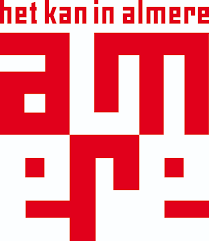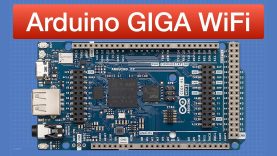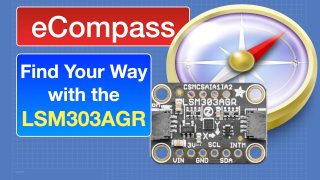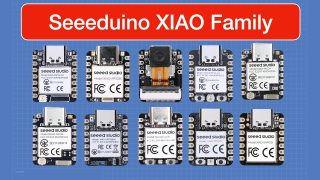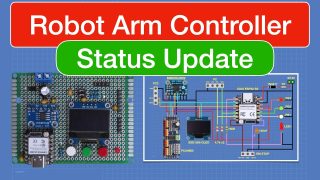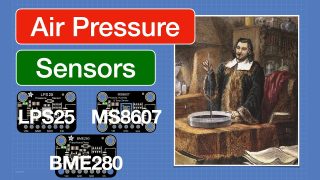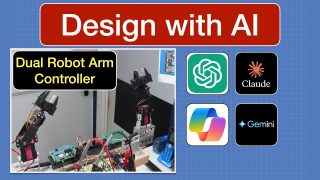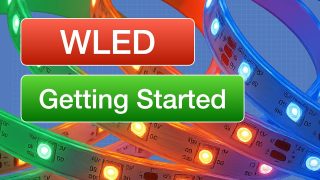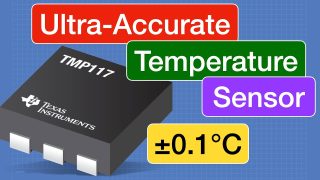Arduino GIGA WiFi – First Look
The most powerful Arduino yet – meet the new Arduino GIGA R1 WiFi board!
Article with code: https://dronebotworkshop.com/giga
More articles and tutorials: https://dronebotworkshop.com
Join the conversation on the forum: https://forum.dronebotworkshop.com
Subscribe to the newsletter and stay in touch: https://dronebotworkshop.com/subscribe/
What looks like an Arduino Mega, works like an Arduino Portenta (but costs a lot less), and has a ton of exciting new features? It’s the Arduino GIGI R1 WiFi, the newest microcontroller board from Arduino.
This beast may look like a Mega 2560, but that’s where the resemblance ends. The GIGA has even more I/O ports, 76 of them. It has an integrated Real Time Clock, 16-bit Analog to Digital Converters (ADCs), 12-bit Digital to Analog Converters (DACs), and CANBUS connections. It also has a USB-A connector that you can use with a keyboard, mouse, or USB storage device.
Its STM32H747XI microcontroller has two powerful high-speed cores, and you can even run a MicroPython program in one core and an Arduino C++ program in the other. The GIGA has a Murata LBEE5KL1DX-883 radio module for Wi-Fi and Bluetooth communication.
Here is a breakdown of today’s video:
00:00 – Introduction
02:23 – Arduino GIGA R1 WiFi
11:07 – Look at GIGA board
13:54 – Getting Started with the GIGA
15:46 – Fixing Linux Error
22:18 – Example – WiFiWebClient
26:45 – Real Time Clock
28:25 – RTC Manual Code & Demo
33:19 – RTC WiFi Code & Demo
36:38 – Working with USB
38:41 – Read USB Directory
41:52 – Write to USB Drive
44:23 – Read from USB Drive
46:05 – Using the ADCs
50:55 – Using the DACs – Waveform Generator
58:03 – Conclusion
While the hardware for the GIGA is nothing short of amazing, the software is currently in development. I had many issues getting it all to work. I’ll show you how to resolve these issues if you encounter them.
But software issues aside, this powerful microcontroller board will find many great applications in robotics, process control, and IoT (it’s ready for the Arduino IoT Cloud).
Hope you enjoy the video!
Bill
source
